Safety Advice to Prevent Electrical Burns and Burn Injuries
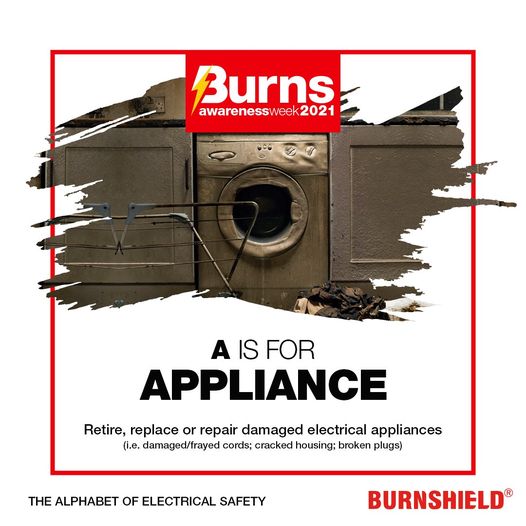
A is for Appliances, so check out our helpful tips
DO’s:
✅ Plug major appliances directly into a wall outlet. (Do not use extension cords or power strips.)
✅ Only one heat-producing appliance should be plugged into an outlet.
✅ Turn off power points before plugging/unplugging appliances.
✅ Turn off all appliances such as air conditioners, heaters, ovens, and stovetops when leaving your home.
✅ Ensure appliances have adequate breathing space to prevent overheating.
✅ Retire, replace, or have repaired damaged electrical appliances (i.e. damaged/frayed cords; cracked housing; broken plugs).
✅ Unplug any of your small appliances when you are not using them, eg. Toasters, irons, hairdryers.
✅ Be extremely careful when using appliances connected to power points near wet areas including sinks, baths, and swimming pools.
✅ If an electrical appliance has been immersed in water it must be discarded immediately.
✅ Switch off and unplug after using all portable electrical appliances, such as hairdryers, shavers, etc.
DON’Ts:
⛔ Do not connect electrical appliances to light sockets.
⛔ Do not use a fork or a knife or anything that is made of metal to remove toast from a toaster when it is plugged in.
⛔ Do not use electrical appliances in the bathroom.
⛔ Never touch electrical appliances with wet hands or bare feet.
⛔ Never hold an electric appliance in one hand while touching metal objects such as taps, fridges, or stoves with the other. This is because our bodies are made up of 70% of water and they therefore become very good electricity conductors.
⛔ Don’t use portable heaters in bathroom areas. (Instead, you should have either a strip heater installed high on the wall or a ceiling unit installed by a registered electrical contractor.)
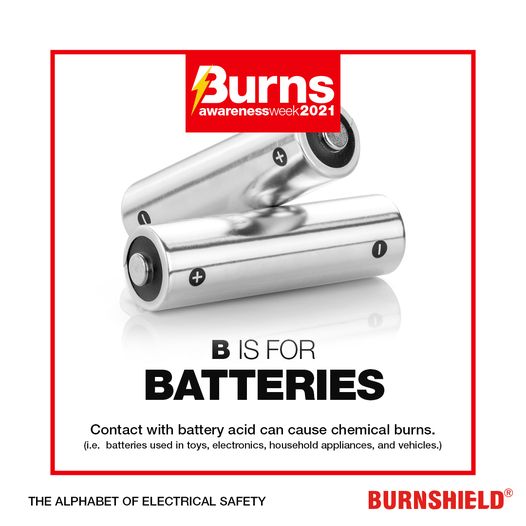
It’s easy to forget that the batteries you use to power your toys, electronics, household appliances, and vehicles are filled with dangerous chemicals.
When a battery is damaged, liquid battery acid can leak out and put you at risk. Battery acid on your skin needs to be treated right away to prevent serious chemical burns. Unlike thermal burns caused by fire or heat, burns caused by batteries can quickly dissolve your skin.
Batteries can also short circuit when the positive (+) and negative (-) terminals are in contact with each other. In a pocket with coins, keys, and other metal objects, batteries can short circuit and cause burns.
Click here to find out how to treat a chemical burn from battery acid
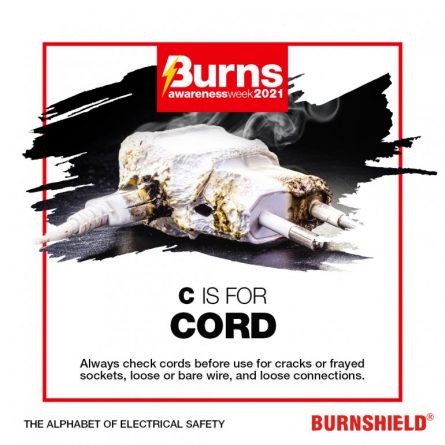
Check cords before use for cracks or frayed sockets, loose or bare wires, and loose connections. Broken plugs or loose wires are dangerous.
Below are some helpful tips with cords:
? Always use SABS approved plugs and make sure there are no loose wires.
? Use SABS approved electrical wires or cords.
? Do not use frayed cords – Do not join cords with tape!
? Replace worn and frayed cords on appliances immediately.
? Keep cords well away from hot stoves and other hot surfaces.
? Make sure that cords are not placed in areas with high traffic where people may trip over them.
? Do not let cords rest on furniture but rather let them run along walls and around furniture.
? Do not run cords through hinges or nail them to walls, floors, or any other objects.
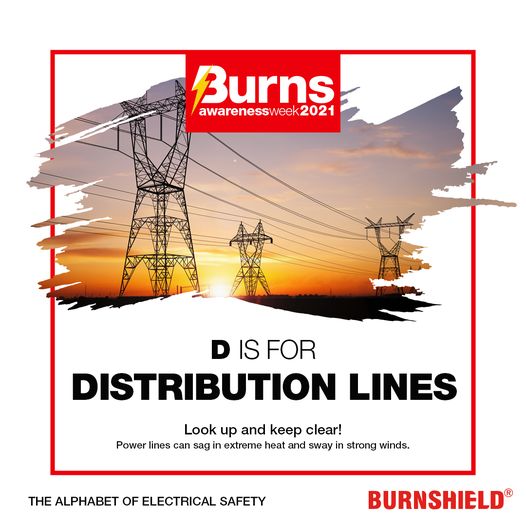
Distribution Lines can be overhead or underground power lines that carry electricity through cities and neighbourhoods to your home or business.
⚡ Do not enter electrical sub-stations – the voltage is extremely high and very dangerous.
⚡ Do not touch any electrical power lines.
Under no circumstances should you ever go near them. All power lines are very dangerous.
⚡ Do not make a fire underneath power lines.
⚡ Never climb onto electric pylons.
⚡ Do not play or build houses under power lines.
⚡ Do not throw stones at insulators.
⚡ Do not cut down trees next to power lines.
⚡ Do not touch power lines that have fallen to the ground.
⚡ Do not carry long objects under power lines. Ladders, boat masts, and poles should be kept well clear of overhead power lines.
⚡ Look up and keep clear! Power lines can sag in extreme heat and sway in strong winds.
⚡ Pay extra attention and be cautious at times of poor visibility – Power lines are difficult to see at dawn and dusk.
Burnshield can be used on all types of burns including electrical burns.
For more info click here: https://www.burnshield.com/
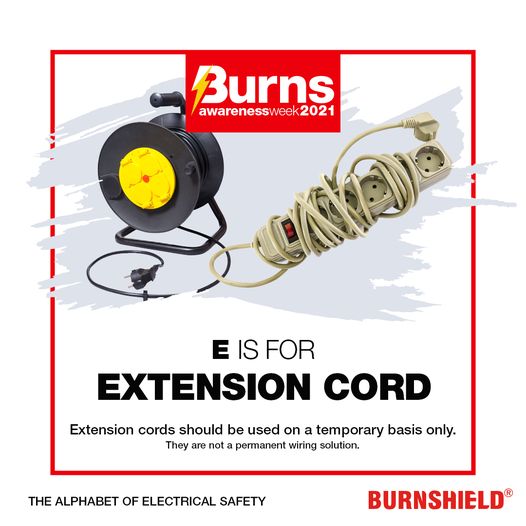
As handy as these are, extension cords should be rated for their intended use.
The following tips will help avoid a nasty outcome:
⚡ Never use an indoor extension cord outdoor.
⚡ Avoid running extension cords across doorways or under carpets and rugs.
⚡ Extension cords should be used temporarily only. They are not a permanent wiring solution.
⚡ Extension cords should have 3 pins (plugs with 2 pins are not earthed and should be used only with double insulated electrical equipment)
⚡ Extension cords should not be used in wet areas – unless specially designed to do so.
Keep Burnshield nearby for peace of mind when handling electrical cords.
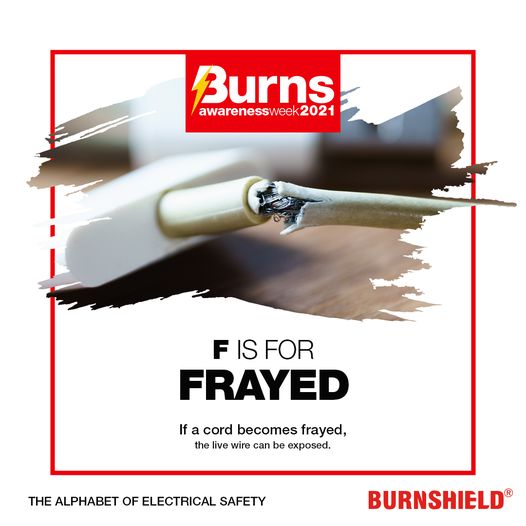
Never use electrical cords that are broken or frayed.
The electric cord contains a live wire that is securely insulated. But if a cord becomes frayed, the live wire can be exposed. This is dangerous and can leave you vulnerable to electric fires.
You can treat an electric burn wound with Burnshield!
– Switch off the power source
– Look for entry and exit points
– Treat all areas in between the 2 points
– Thereafter treat as a normal heat burn
– Apply Burnshield to the affected area
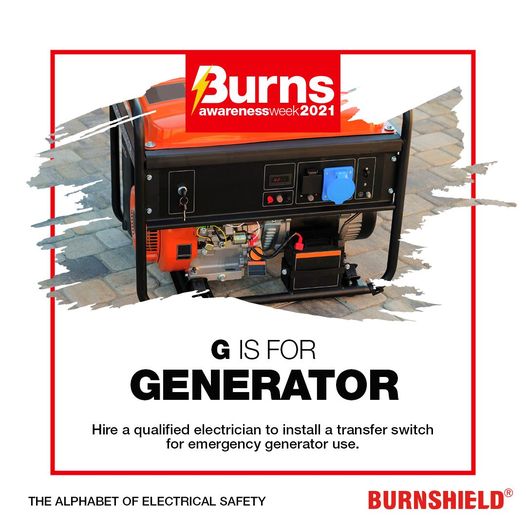
Power outages are becoming more common than we would like, and they can last for several days.
Portable generators made for household use can provide temporary power to a few appliances or lights. Commercial generators can help prevent service interruptions at businesses and critical infrastructure facilities, such as hospitals, water treatment facilities, telecommunications networks, and emergency response agencies.
Safety Tips for Backup Generators:
– Be sure to use your generator correctly. Using a generator incorrectly can lead to dangerous situations:
– Carbon monoxide poisoning from engine exhaust.
– Electric shock or electrocution.
– Fire.
– Use a portable generator only when necessary, and only to power essential equipment.
– Position generators outdoors (at least 15 feet away from open windows) and well away from any structure.
– Keep the generator dry and make sure your hands are dry before touching the generator.
– Before you operate your generator, disconnect your normal source of power. Otherwise, power from your generator could be sent back into the utility company lines.
– Make sure your generator is properly grounded. Grounding generators can help prevent shocks and electrocutions.
– Plug equipment directly into the generator. Use heavy-duty, outdoor-rated extension cords that are in good working condition and have a wire gauge that can handle the electric load of any connected appliances.
– DO NOT plug the generator into a wall outlet. NEVER try to power your house/business by plugging the generator into a wall outlet or the main electrical panel. Only a licensed electrician should connect a generator to a main electrical panel and install an approved automatic transfer switch.
– Maintain an adequate supply of fuel. Store all fuels in specifically designed containers in a cool, dry, well-ventilated place, away from all potential heat sources.
– Turn the generator off and let it cool before refuelling.
– Inspect and maintain your generator regularly.
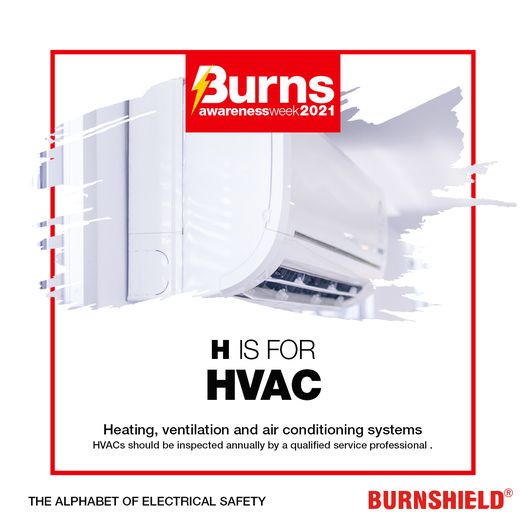
Heating and cooling safety issues are often overlooked when your system is running properly. If something went wrong, would you and your family know how to handle it? What safety measures should you have in place?
Safety Tips
⚡ Clean your air filter frequently – Clogged air filters in your furnace could result in carbon monoxide fumes leaking into your home.
⚡ Install and maintain carbon monoxide and smoke detectors – Be certain to check batteries monthly, change them at least once a year, and test new batteries for performance.
⚡ Designate family-friendly areas. Block children and pets from accessing rooms that contain furnaces and boilers.
⚡ Schedule annual professional maintenance – Professional technicians can check your system for safety issues that could result from a faulty system.
Common Safety Issues
⚡ Loose connections from the expansion and contraction of heat pump units could potentially lead to electrical fires.
⚡ Faulty pilot lights and heat exchanger leaks on your furnace, resulting in carbon monoxide poisoning.
⚡ Blocked, poorly located, or faulty boiler pressure release valves.
Stay Safe In Severe Weather
⚡ Practice electrical safety – Educate yourself and older family members on how to operate circuit breaker controls.
⚡ Turn off circuit breakers to your heating and air during a power outage to prevent harmful spikes in electricity that could occur when the power comes back on.
⚡ Install surge protectors – Protects expensive heating and air equipment when you are away. A surge protector will automatically shut down power to your system if an electrical spike occurs.
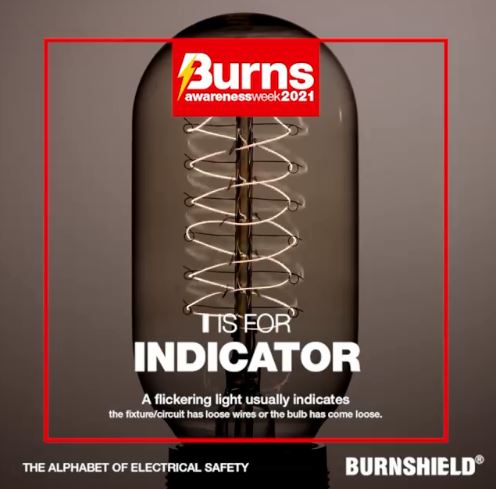
A flickering light ? usually indicates the fixture / circuit has loose wires or the bulb has come loose.
Minor changes in your home’s voltage are normal, but flickering lights may indicate abnormal fluctuations. Abrupt changes in voltage from low to high can damage electronics and in rare cases cause an electrical fire.
1. Try tightening the bulb ?. Before checking / replacing the bulb, make sure your light switch is in the “off” position, and let the bulb cool down. The hot bulb may cause burns. After replacing a bulb, check to ensure no portion of the light fixtures or electric cord is touching the bulb. If this occurs, the heated fixtures or cord may cause a fire ?.
2. If flickering continues, call an electrician. ⚡ They will be able to isolate the source of the voltage instability and fix the problem.
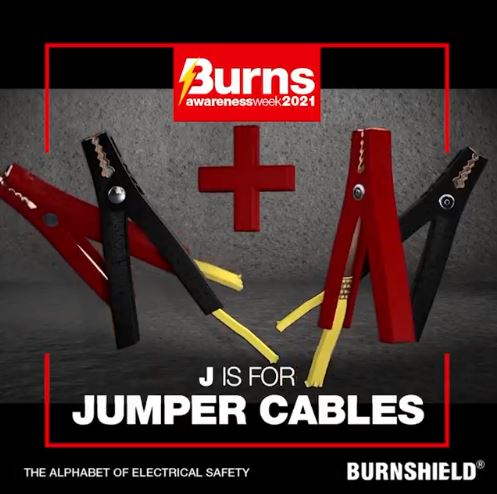
Keeping jumper cables in your vehicle ? is a smart idea to keep yourself from becoming stranded with a dead battery and they can also be useful when a fellow motorist needs some help.
They allow you to start a vehicle by using the power from another vehicle’s good battery. To jumpstart a vehicle you will need the other vehicle parked close enough for the cables to reach both batteries. Both vehicles should be parked with the hoods open and the engines off.
Always exercise caution when using jumper cables and consult your vehicle’s owner’s manual for manufacturer’s guidelines.
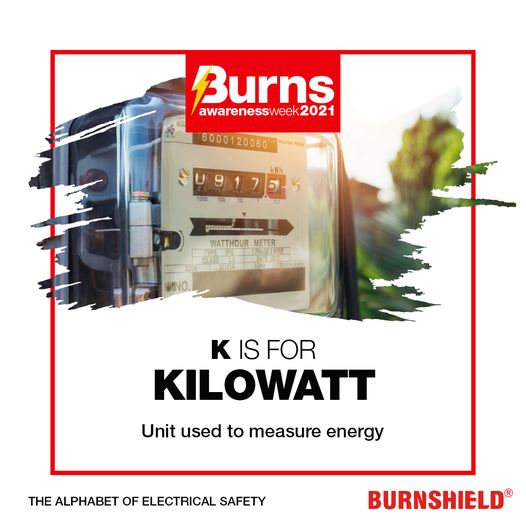
⚡⚡⚡ kW and kWh explained ⚡⚡⚡
All the electrical appliances and devices in your home – from your fridge to your TV – need energy in the form of electricity in order to work.
Kilowatts (kW) and kilowatt hours (kWh) are units used to measure energy. They’re based on watts (W), which measures rates of power (the rate at which energy is produced or consumed) in a period of time.
You could think of watts as a measure of electrical flow. Picture an electrical device – does it need a big flow or a small flow to work? Here’s what we mean:
A brighter light bulb (a 100 W bulb) uses energy at a higher rate than a dimmer light bulb (a 60 W bulb).
This means the brighter light bulb needs a bigger electrical flow to work – that’s why it has a higher wattage.
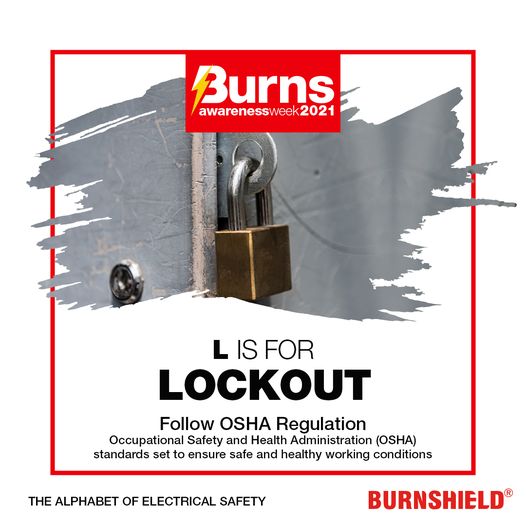
For general industry, specific actions and procedures for addressing and controlling hazardous energy during servicing and maintenance of machines and equipment.
✅ Notify all employees
✅ Shut down equipment
✅ Isolate equipment from energy sources
✅ Release any stored energy
✅ Lock and tag all switches and controls
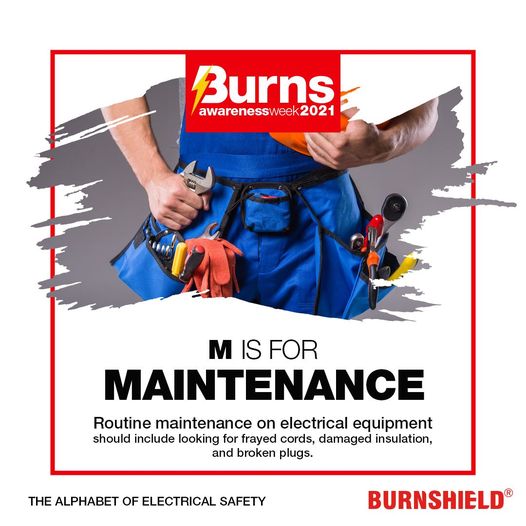
Routine maintenance on electrical equipment should include looking for frayed cords, damaged insulation, and broken plugs.
The best advice to prevent unsafe situations and accidents with electricity is through effective & preventative maintenance: Appliances needing repairs or replacement should be attended to immediately.
In our homes breakages and excessive wear and tear on electrical equipment can occur frequently so we need regular inspections and take precautions to ensure safety. If an appliance repeatedly blows a fuse, trips a circuit breaker, or gives you an electrical shock, immediately unplug, repair, or replace it.
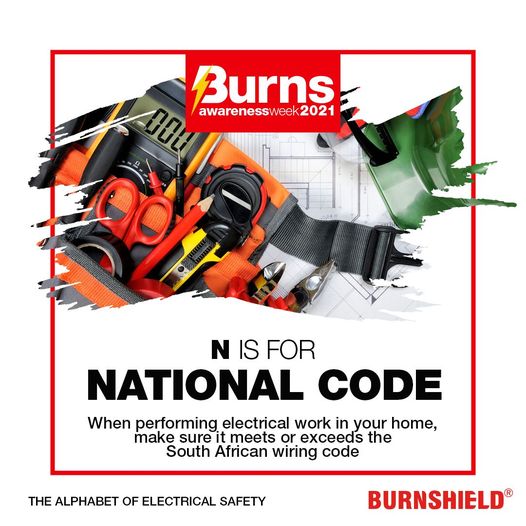
When performing electrical work in your home, ensure that the electrics conform to the South African wiring code (SANS 10142-1) – Requirements for Electrical Installations. ⚡
These standards ensure the safe installation of electrical equipment and wiring and establish the basis for electrical safety in industrial, commercial, and residential buildings.
Every electrician must be familiar with these standards and be capable of putting them into practice. Any CoC (Certificate Of Compliance) that has been fraudulently issued by an unregistered electrician is illegal and invalid and could endanger the lives of people and pets and damage or destroy property. ⚡⚡⚡
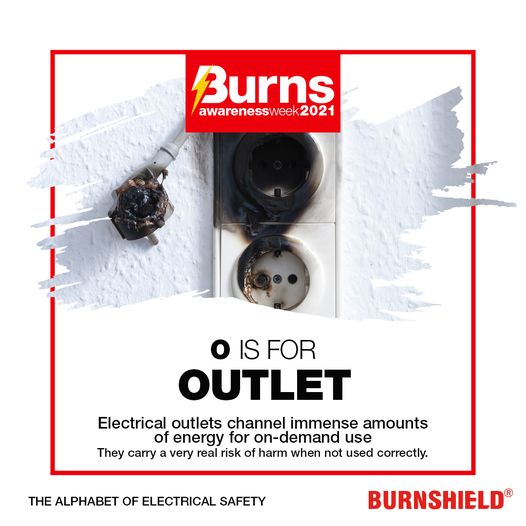
Some of the most common electrical safety hazards include power outlets that are:
- Sparking
- Have visible burn marks or smell like smoke
- Making buzzing or popping sounds
- Are hot to the touch
- Have attracted ants and pests
- Are outdated and require replacement
- Are not weatherproofed
- Are exposed and accessible to children
- In these circumstances, it’s critical to address the risk of electrical shock and fire and to have the outlet repaired or replaced safely by a licensed electrician.
[Read more on the dangers at power outlets]
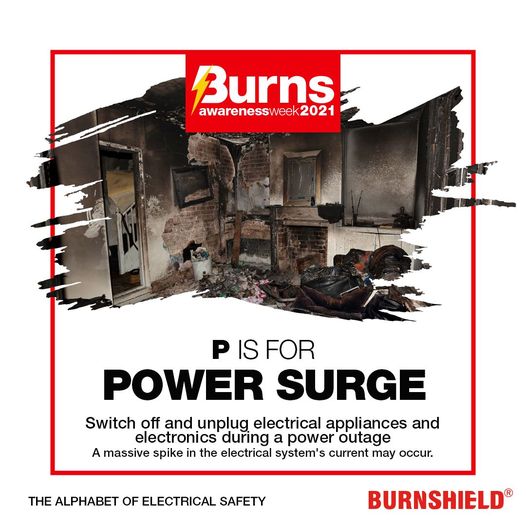
Power surges occur when the power supply turns on and off. Another common cause of power surges, especially the most destructive ones, is lightning.
When an outage occurs, turn off electrical appliances and unplug major electronics, including computers and televisions. Surges can damage or destroy plugged-in electrical devices.
When too much electricity flows through an appliance at once, the appliance could overheat, break down, or even catch fire. A severe enough surge could even start a fire!
How to protect yourself from a power surge?
✅ Use a surge protector.
✅ Leave one light on to indicate that the power is back on.
✅ Wait a few minutes and then turn on other appliances and equipment—one at a time.
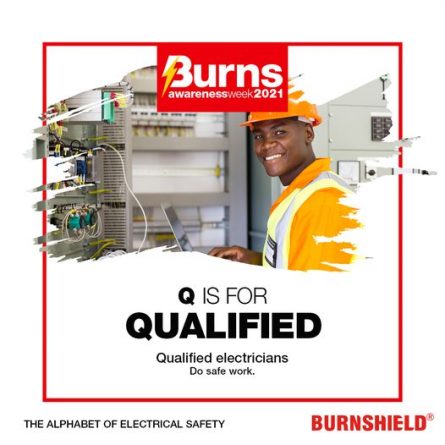
Qualified electricians:
✅ Perform work according to electrical codes
✅ Have years of training
✅ Purchase from reputable dealers and suppliers
✅ Are licensed to perform electrical work
✅ Do safe work
Electricians in South Africa are subjected to several requirements when it comes to their qualifications.
Firstly they need to pass all three electrical engineering NQF levels (N1 – N3), secondly, they need to obtain a wireman’s license which requires them to prove they have the necessary skills for the job, thirdly, they need to pass the SANS 10142-1 national exam and lastly, they need to be registered with the Department of Labour.
An electrician is only recognised as a legal electrician when they have met the above requirements.
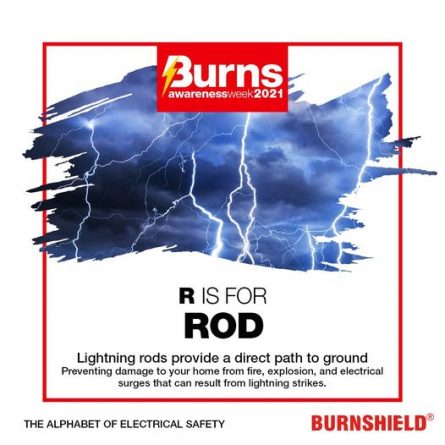
Lightning rods intercept this voltage, providing a safe path for lightning current into the ground. They do not decrease the likelihood your home may be struck, but provide a direct path to the ground, preventing damage to your home from fire, explosion, and electrical surges that can result from lightning strikes.
Statistically, lightning is the most commonly experienced weather hazard. Contrary to urban myth, lighting CAN strike the same place twice.
If you live in a very tall home, have trees taller than your home less than 10 feet away from its structure, or live in an area with a high lightning strike, however, installing a lightning rod is recommended.
Don’t get zapped by electrical storms. Prevent shocking experiences!
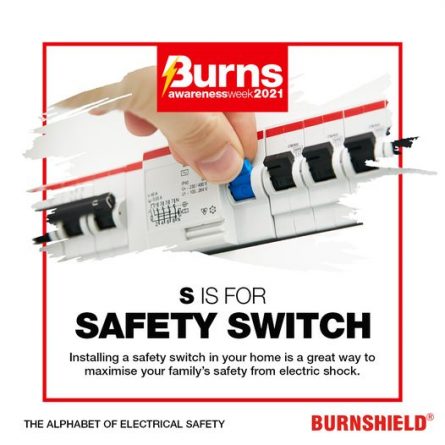
Safety switches protect you and your family from electric shock. The risk is real.
A safety switch goes beyond the capabilities of circuit breakers and surge diverters, giving you the highest possible level of protection. The safety switch attaches to your circuit breaker and serves as an additional layer of protection.
When the safety switch detects any fluctuations in the electrical current, it will automatically shut off your power.
⚡⚡⚡ Let’s say, for example, you are using a hairdryer to dry your hair after taking a shower. In the process of showering, you splashed some water onto your countertop and did not notice it before turning on the hairdryer. If an exposed wire makes contact with that water, you could easily electrocute yourself.
Fortunately, the safety switch can detect this change to the power circuit, shutting down the power in a tiny fraction of a second so that you don’t subject yourself to a major shock. ⚡⚡⚡
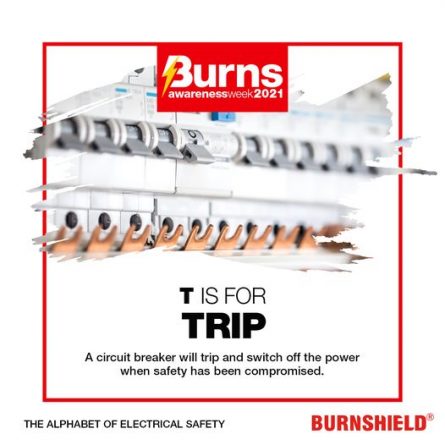
One of the most common reasons for a circuit breaker to continuously trip: Overloading a circuit – or plug point. ⚡
Each circuit – or switch – in the circuit breaker is rated for an allocated amount of current. When the flow of power increases above the allocated amount – the switch trips and breaks the circuit to protect your home from an electrical fire.
If you have too many appliances on one plug point, and all the appliances are switched on at the same time, the circuit breaker trips to prevent overheating of the circuit.
⚡⚡⚡ Solution: High-power-consuming appliances such as a hairdryer or iron should be used on a single plug point, or one that is not already overloaded.
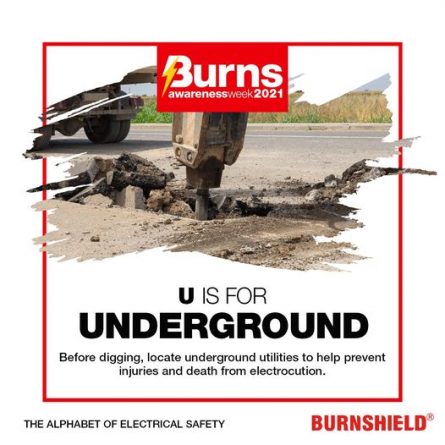
Stay alert near construction sites.
Before any digging begins when breaking ground, always confirm and locate all underground utilities. This will prevent injuries and death from electrocution.
If a powerline has been hit and the ground does become energised, the area around the point of contact — for at least 10 metres — will be hazardous.
Underground electrical cables can be particularly hazardous because they often look like pipes and it is impossible to tell if they are live just by looking at them.
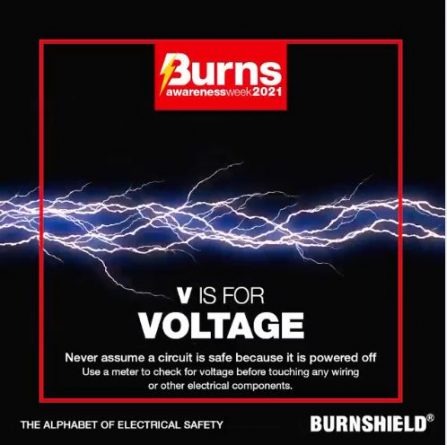
⚡⚡⚡ When an electric current passes through the body, it generates heat and can extensively damage internal tissues. ⚡⚡⚡
In some cases, the entry and exit wounds are so severe that a foot or hand has to be amputated. The electric current can also stop the heart.
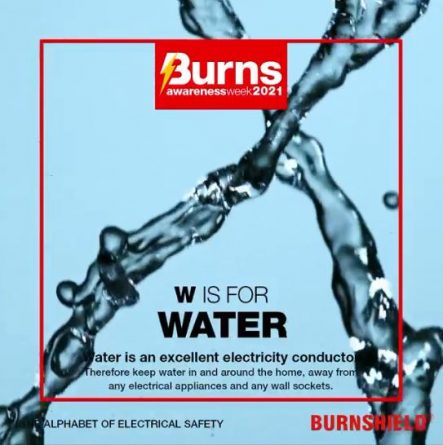
? Water is an excellent electricity conductor, it can cause electric shocks or short circuits very easily. Therefore keep water in and around the home, away from any electrical appliances and any wall sockets. ⚡
✅ Switch off and unplug after using all portable electrical appliances, such as hairdryers, shavers, etc.
⛔ Do not use electrical appliances in the bathroom.
⛔ Never touch electrical appliances with wet hands or bare feet.
⛔ Never fill a kettle when it is plugged in.
⛔ Never mow wet grass with an electric lawnmower.
⛔ Never hold an electric appliance in one hand while touching metal objects such as taps, fridges, or stoves with the other. This is because our bodies are made up of 70% of water and they thus become very good electricity conductors.
⛔ Never use water to put out an electrical fire if the mains are not switched off. Use a dry chemical fire extinguisher instead.
⛔ Be extremely careful when using appliances connected to power points near wet areas including sinks, baths, and swimming pools.
⛔ If an electrical appliance has been immersed in water it must be discarded immediately.
⛔ Don’t use portable heaters in bathroom areas. Instead, you should have either a strip heater installed high on the wall or a ceiling unit installed by a registered electrical contractor.
⛔ Don’t use extension leads or power leads in wet areas unless specifically designed to do so.
⛔ Electric shock drowning occurs when the electric current from damaged wiring in the marina, or from boats that are connected to the dock’s power supply, travels through the water. This electric current can cause nearby swimmers to become incapacitated and drown.
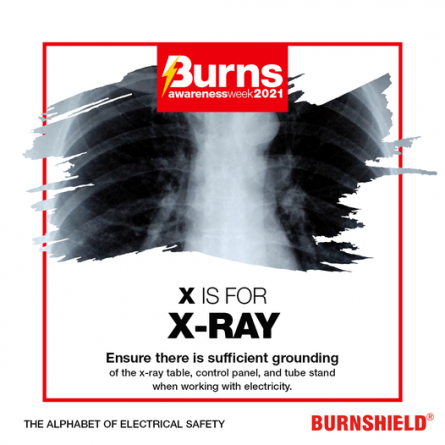
Ensure there is sufficient grounding of the x-ray table, control panel, and tube stand when working with electricity. Ensure there is sufficient grounding of the x-ray table, control panel, and tube stand when working with electricity. ⚡
High voltage (40,000-50,000V) is required to generate Xrays. Xray installations can therefore deliver dangerously high voltages so that exposure to the terminals etc. must be avoided. In addition, there are electrical hazards in the cabinet containing the controls and power supplies for the cooling plant room.
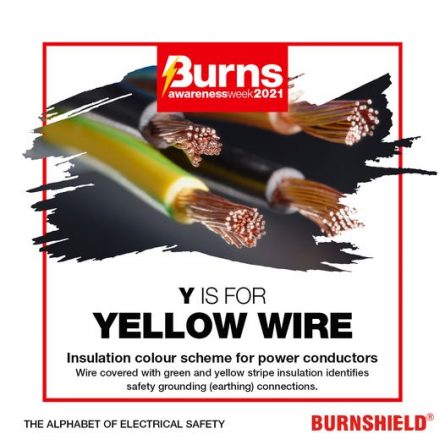
To enable wires to be easily and safely identified, all common wiring safety codes mandate a colour scheme for the insulation on power conductors. ?
This growing international standard was adopted for its distinctive appearance, to reduce the likelihood of dangerous confusion of safety grounding wires with other electrical functions, especially by persons affected by red-green colour blindness.
Standard wire colours for FLEXIBLE cables, eg. Extension cords, power (line) cords, and lamp cords. In South Africa these wires are identified as follows:
brown – LIVE (PHASE)
blue – NEUTRAL
green/yellow – EARTH
Standard wire colours for FIXED INSULATED cables (an assembly of two or more electrical conductors, usually held together with an overall sheath, e.g. Power cables that are installed as permanent wiring within buildings, buried in the ground, run overhead, or exposed. In South Africa these wires are identified as follows:
red, white or yellow, blue – LIVE (PHASES)
black – NEUTRAL
green/yellow or bare copper – EARTH
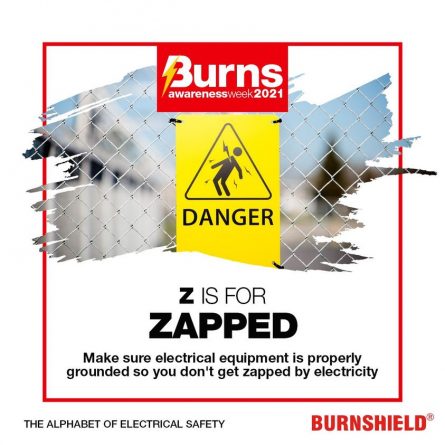
Imagine that an electrical issue occurs, like a lightning strike or a power surge, where no grounding exists. The metal components then act as a conductive surface, becoming electrically energized.
When a person accidentally touches these components, their body provides the current with a path to the earth, shocking them in the process.
A proper grounding system ensures that:
✅ Circuits have an effective return path, from the equipment to the power source
✅ Low resistance is provided to trip or short circuit a breaker in the event of an electrical fault
✅ Metallic components are electrically connected to prevent a voltage connection from existing between them
✅ A zero-voltage reference point is established and maintained
Also View:
Burnshield and the Treatment of Burns
Prevention and Treatment of Electrical Burns
Is your Burn Injury a First, Second or Third Degree Burn?




